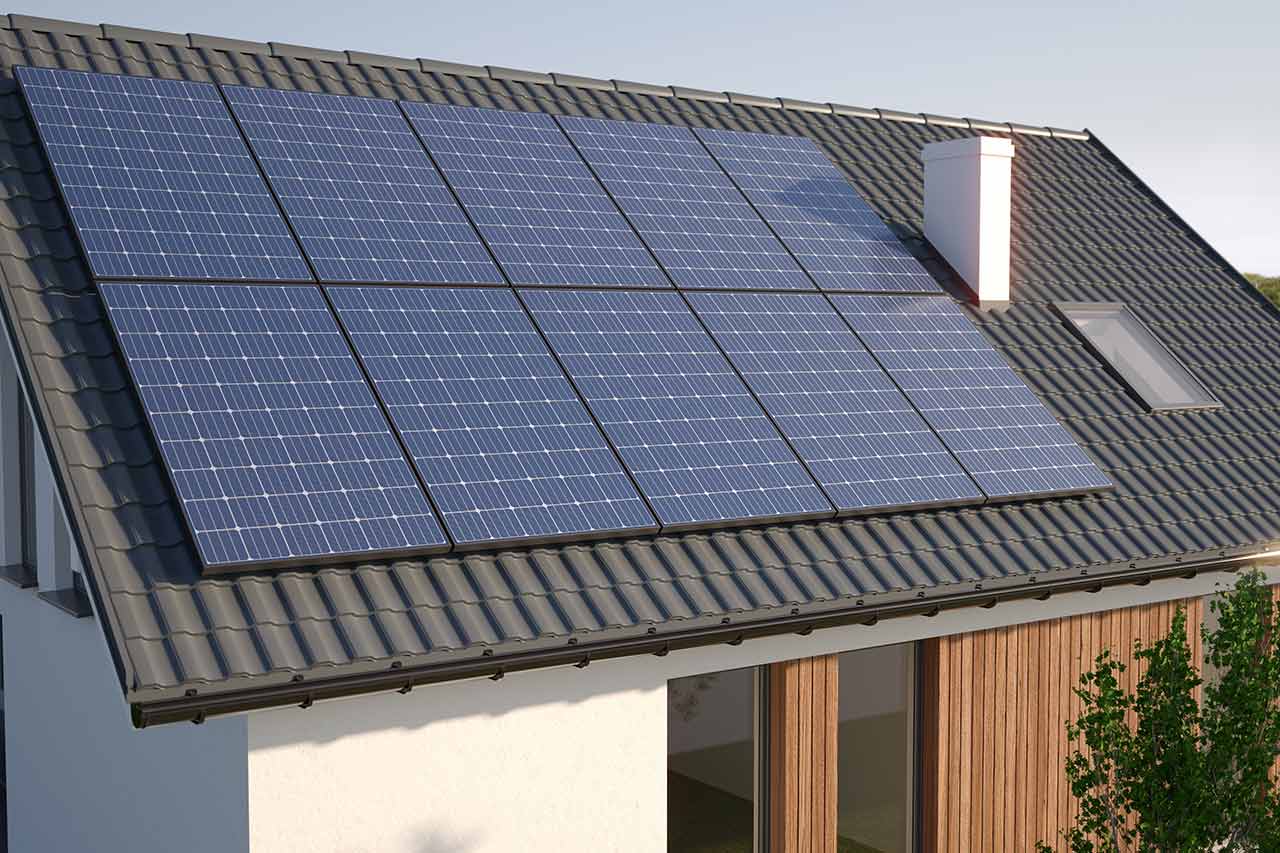Recycling, the still hidden side of solar energy

Solar panels have an average lifespan of 30 years. With the first panels installed in the 1980s and reaching now the end of their life, the solar industry is entering a pivotal period. How is the photovoltaic (PV) panel recycling industry structured around the world? What are the related economic and environmental challenges? Alcimed, a consulting company specializing in innovation and the development of new markets, discusses the afterlife of PV solar panels and the organization of the associated recycling services.
Paris, October 9, 2017 – The explosion of the PV solar market is exponential: 9 GW installed in 2007, 290 GW in 2016, with a bright future for solar energy still lying ahead. IRENA expects nearly 3 TW to be installed by 2030 and more than 6 TW in 2050! This growth is primarily driven by China (1700 GW), India (600 GW), the USA (600 GW), Japan (350 GW) and Germany (110 GW).
Starting in the 1960s with the first solar panels installed on space satellites up to the 290 GW installed in 2016, the solar PV industry has made significant progress in terms of industrialization and the issue of recycling. Without it, the promise of renewable energy with a lower environmental impact is seriously undermined.
A business consolidated worldwide by PV CYCLE …
By the end of 2016, between 43,000 and 250,000 tons of panels had been uninstalled, corresponding to less than 0.6% of the total installed mass that same year. In 2030, this figure will rise to 4% and in 2050, 60 to 78 million tons will be decommissioned according to IRENA estimates[1].
The global collection and recycling of PV solar panels is largely dominated by the European association PV CYCLE. This true consortium of actors promotes processes allowing the recovery of 96% of silicon panel materials (silicon-based panels represent nearly 85% of all solar panels). The remaining 4%, corresponding to glass and EVA sheets, can be used in an energy recovery process. With non-silicon-based panels, rates of up to 98% are achieved.
In partnership with PV CYCLE France, Veolia opened the first PV solar panel recycling center in France in March 2017. The unit, which will gradually increase capacity over the next 4 years, will allow the recycling of 4,000 tons of materials per year as of 2021.
… despite very heterogeneous regulations!
In Europe, the recycling of PV solar panels has only been regulated by the Directive on Waste Electrical and Electronic Equipment (WEEE) since 2012. It requires solar panel manufacturers, regardless of their location in Europe, to finance the costs of collecting and recycling end-of-life solar panels across the continent. The European Commission has recently called on European standardization organizations to develop specific standards relating to the WEEE directive.
In the United States, there is no equivalent to this directive at the federal level. However, California has recently enacted a law governing the afterlife of solar panels, and it is expected that other states will follow this trend[2]. “Japan, despite being a pioneer in the development of solar PV, does not yet have a regulatory framework for end-of-life management of panels either but has instead published a roadmap for promoting a collection and recycling scheme. Finally, in China and India, solar panels are treated as general waste.” says Julien Lefebure, a Consultant at Alcimed.
A source of economic and social value creation
Implementing a global PV panel recycling system can not only address the ecological challenges but also create a complete economic value chain and “close the loop” on the sustainability of this energy source.
An IRENA study estimated the recoverable value of recycling 1.7 million tons of panels by 2030 at $460 million. This value, derived mainly from the recycling of silver (the value of silver in a panel represented on average 47% of the panel’s value as of 2016), aluminum (26%), silicon (11%), and copper (8%), is equivalent to the production of over 60 million additional panels, or 18GW! By 2050, the potential gains are expected to reach $15 billion!
In addition, the recycling of solar panels will gradually create jobs, both in the public sector – local authorities, research institutes – and in the private sector – panel producers, waste management companies. The management of the end-of-life of PV panels requires work on the famous 3R’s:
-Reduction: research should focus on reducing the amount of raw materials needed to build a PV panel. For example, the quantity of silver present in a panel has been reduced by nearly 40% since 2013.
-Reuse: a system of repair and return to the market at a reduced price must be tested in order to allow buyers with lower financial resources, especially in developing countries, to still have access to this technology.
-Recycling: the recycling process should enable the recovery of as many metals as possible in order to ensure the sustainability of the product. Today, the moderate amount of solar panels to be recycled does not encourage waste managers to create dedicated structures and most PV panels are therefore treated as general electronic waste, which reduces the amount of material recovered from recycling.
According to Jean-Philippe Tridant Bel, Energy and Environment Partner at Alcimed, “The energy challenge of our century cannot do without a profound reflection on the afterlife of our solar and wind power installations, following the example of the nuclear sector. This approach is part of a sustainable vision of our energy system, from an ecological, economic and social point of view.”
[1] “End-of-Life Management: Solar Photovoltaic Panels” – IRENA – June 2016
[2] http://www.renewableenergyworld.com/articles/2016/06/solar-pv-module-recycling-why-it-s-important.html